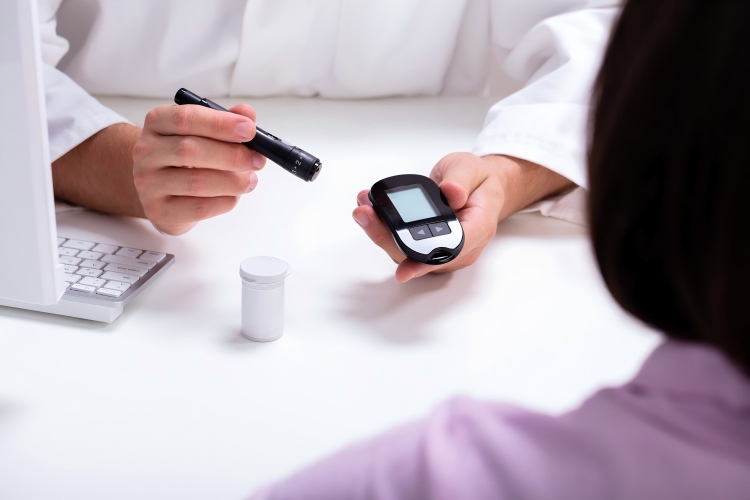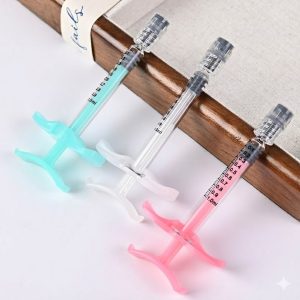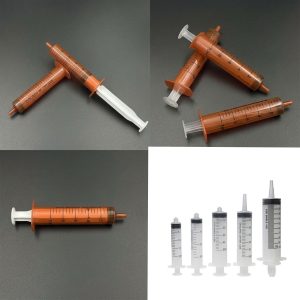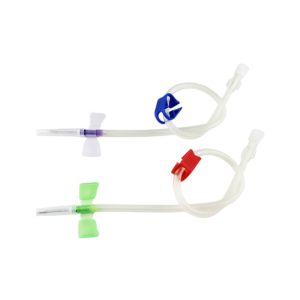With over 537 million adults worldwide living with diabetes, effective blood glucose monitoring has become a cornerstone of daily health management for millions of Americans and people globally. At the center of this monitoring process is a small yet essential medical device: the blood lancet. These tiny, precision-engineered instruments serve as the crucial link to accurate glucose readings, playing an irreplaceable role in diabetes care and empowering patients to take control of their health through reliable glucose monitoring systems.
Understanding Blood Lancets: The Building Blocks of Glucose Testing
Blood lancets are sterile, single-use medical devices specifically designed to create a small skin puncture for obtaining blood samples during glucose testing. While they may appear simple, these tools represent cutting-edge engineering that strikes the perfect balance between clinical effectiveness and patient comfort in diabetes management.
Core Components and Design Features
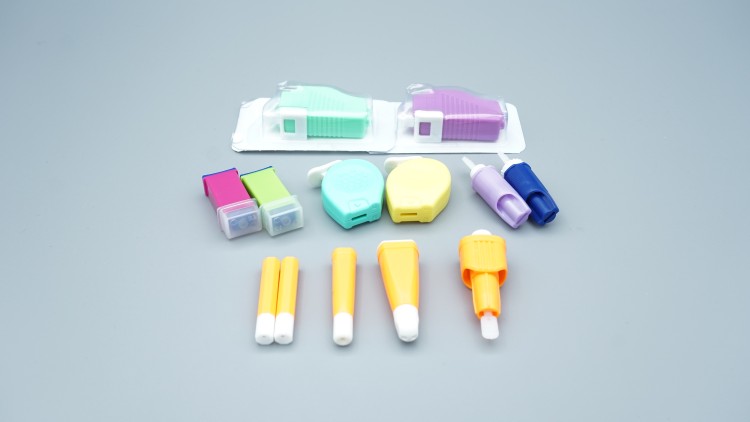
Needle Engineering: Today’s medical blood lancets feature ultra-fine, precision-manufactured needles typically ranging from 28 to 33 gauge. The higher the gauge number, the thinner the needle—which usually means less discomfort during glucose monitoring procedures.
Built-in Safety Features: Modern blood lancets come equipped with safety mechanisms that prevent accidental needle sticks and ensure single-use compliance, protecting both patients and healthcare workers from potential injuries and cross-contamination risks.
Patient-Focused Design: Many medical blood lancets feature ergonomic designs with specialized tip geometries that minimize tissue trauma while ensuring sufficient blood flow for accurate glucose testing.
The Science of Effective Blood Sampling
Optimal Penetration and Blood Collection
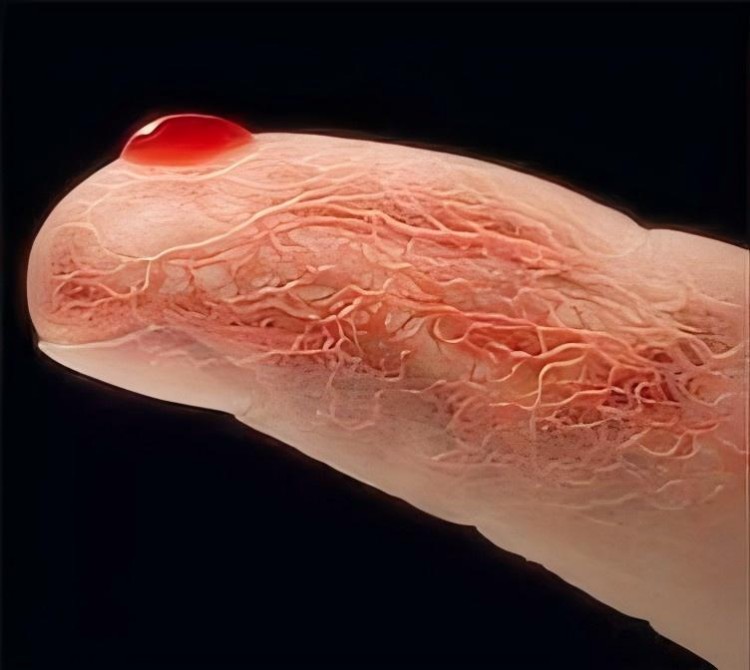
Successful glucose monitoring relies heavily on obtaining an adequate blood sample with minimal patient discomfort. Today’s blood lancets are engineered to penetrate skin to the ideal depth—typically 1.5 to 3.0 millimeters—reaching capillary-rich areas without causing unnecessary damage to deeper tissue layers.
Advanced Pain Reduction Technologies

Tri-Bevel Needle Tips: Many premium medical blood lancets feature tri-bevel needle tips that create clean, precise punctures with minimal tissue displacement, significantly reducing pain sensation during glucose monitoring.
Vibration-Assisted Technology: Some lancing devices incorporate vibration or oscillation features that help mask pain signals through established pain gate theory, making the glucose testing experience much more comfortable.
Optimized Speed Delivery: High-velocity lancing devices ensure rapid needle penetration and immediate retraction, minimizing skin contact time and associated discomfort during diabetes monitoring.
Clinical Impact on Diabetes Management
Facilitating Regular Glucose Monitoring
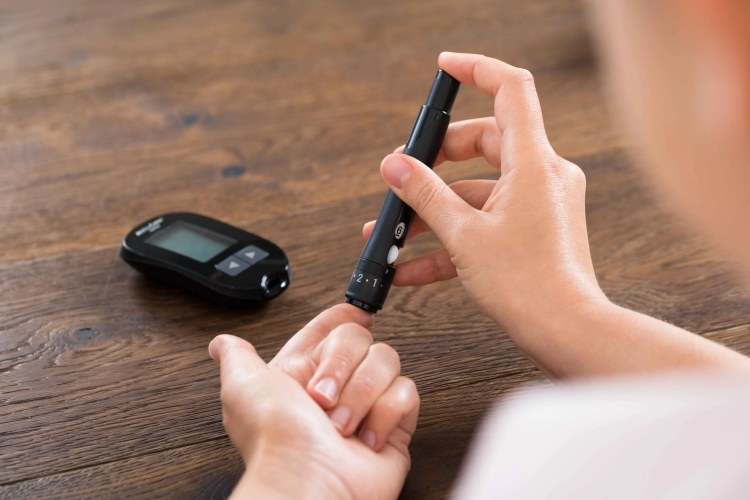
For people living with diabetes, consistent blood glucose monitoring is essential for:
- Medication Optimization: Enabling healthcare providers and patients to fine-tune insulin doses and other medications based on glucose patterns
- Nutritional Management: Understanding how different foods and meals impact blood sugar levels through regular glucose testing
- Exercise Coordination: Monitoring glucose responses to various physical activities
- Complication Prevention: Early identification of hyperglycemia or hypoglycemia to prevent serious health complications
Supporting Diverse Testing Needs
Daily Home Monitoring: Regular glucose checks using medical blood lancets that form the foundation of diabetes self-care
CGM System Calibration: Some Continuous Glucose Monitoring systems require periodic fingerstick readings using blood lancets for accuracy validation
Clinical Testing: Professional assessments during medical appointments and hospital care utilizing medical blood lancets
Cutting-Edge Technological Developments
Smart Device Integration
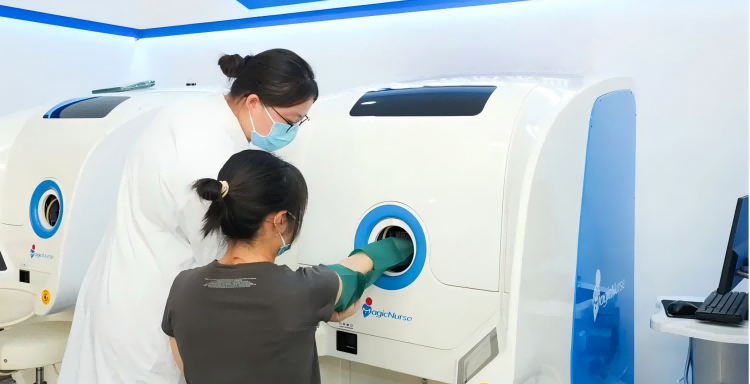
Modern diabetes management increasingly embraces digital health innovations. Smart lancing devices now provide:
- Customizable Depth Control: Adjustable penetration depths in medical blood lancets tailored to individual skin characteristics
- Seamless Data Connectivity: Integration with smartphone apps and glucose meters for comprehensive health tracking
- Usage Analytics: Monitoring of glucose testing frequency and patterns to support enhanced diabetes management
Alternative Testing Sites
While fingertip glucose testing remains the clinical gold standard, technological advances have made testing possible at alternative sites including the palm, forearm, and thigh, giving patients more flexibility and potentially reducing fingertip sensitivity from frequent glucose monitoring.
Best Practices for Optimal Results
Proper Glucose Testing Technique
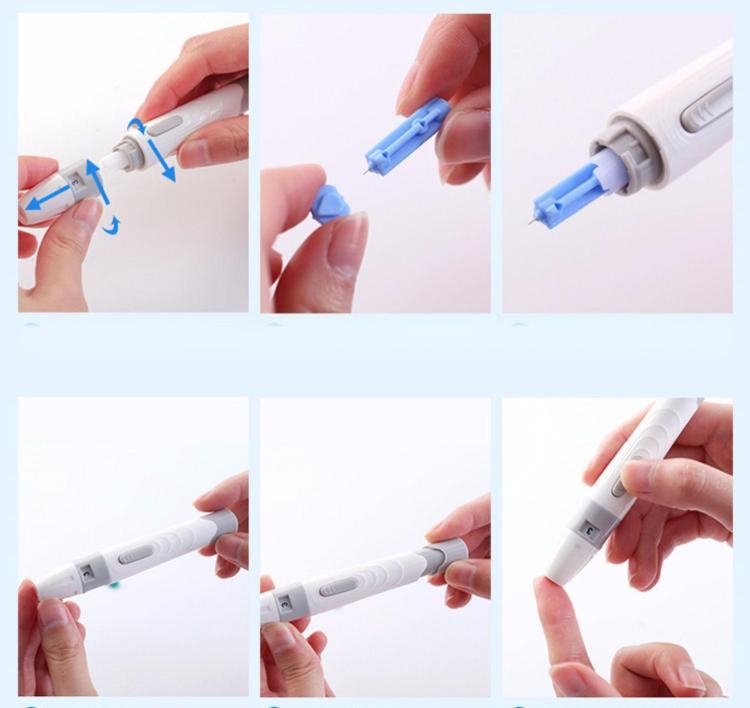
Site Rotation Strategy: Regular rotation of testing locations prevents callus formation and maintains skin sensitivity for effective blood glucose monitoring
Hand Hygiene Protocol: Thorough hand washing before glucose testing ensures accurate results and infection prevention
Appropriate Depth Settings: Adjusting blood lancet depth based on individual skin thickness and comfort preferences
Quality Assurance
Single-Use Compliance: Using each medical blood lancet only once maintains sterility and ensures optimal needle sharpness for accurate glucose monitoring
Proper Storage: Maintaining dry, temperature-controlled storage conditions preserves blood lancet effectiveness
Expiration Date Management: Regular monitoring of expiration dates ensures peak performance and safety of medical blood lancets
Overcoming Common Challenges
Pain Management Strategies
Hand Warming Techniques: Improving circulation through hand warming enhances comfort and blood flow during glucose testing
Relaxation Methods: Simple breathing exercises and stress reduction techniques can minimize anxiety and pain perception during glucose monitoring
Progressive Adaptation: Consistent, regular glucose testing can help reduce skin sensitivity over time
Technical Problem-Solving
Inadequate Blood Sample Issues: Addressing insufficient blood volume through proper medical blood lancet technique and optimal device settings
Accuracy Optimization: Understanding factors that impact glucose meter precision and how proper blood lancet use contributes to reliable measurements
The Future of Blood Sampling Innovation
Emerging Technologies
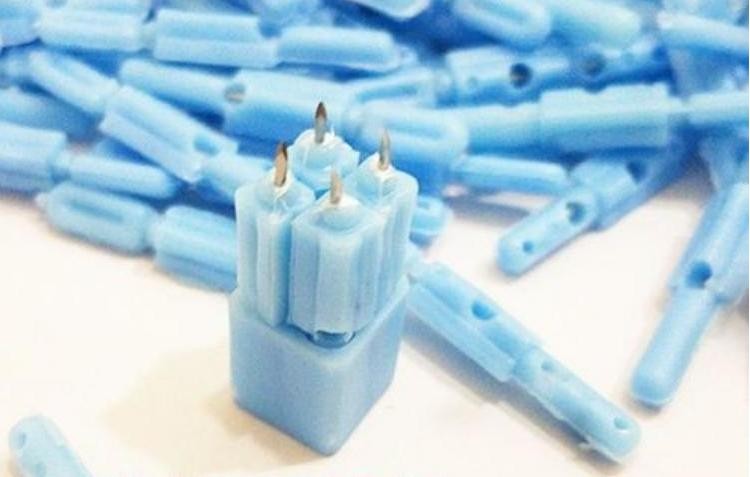
Micro-needle Array Systems: Development of ultra-minimally invasive sampling methods using advanced micro-needle technology for glucose monitoring
Pain-Free Alternatives: Research into laser-based and other needle-free sampling approaches for diabetes management
Wearable Device Integration: Progress toward seamless integration with continuous glucose monitoring and smart health technologies
Personalized Healthcare Applications
Future developments may feature medical blood lancets specifically engineered for individual patient profiles, considering factors like skin thickness, sensitivity levels, and unique diabetes management requirements.
Economic Impact and Healthcare Access
Cost-Effectiveness Analysis
While individual blood lancets are relatively affordable, cumulative costs over time can become substantial for diabetes patients. Understanding insurance coverage options and implementing cost-effective glucose testing strategies remains crucial for sustainable diabetes management.
Global Healthcare Access
Ensuring worldwide availability of quality medical blood lancets continues to be a public health priority, particularly in developing regions experiencing rapid increases in diabetes prevalence.
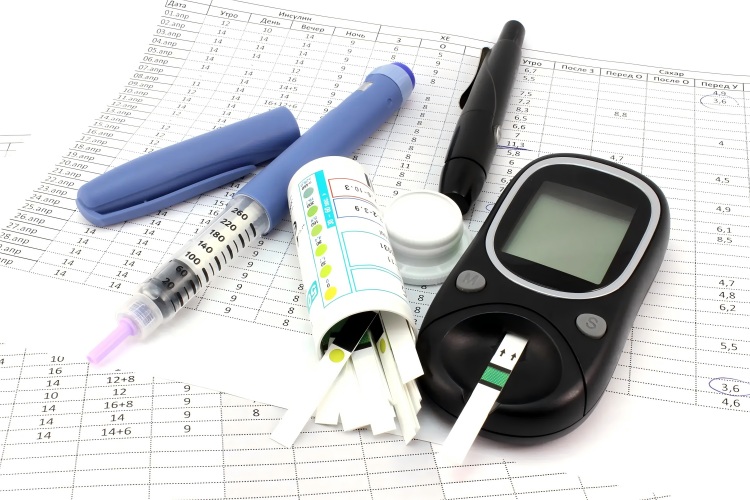
Conclusion
Medical blood lancets represent far more than simple puncturing tools—they are sophisticated medical devices that serve as the essential bridge between patients and precise glucose monitoring. As diabetes management continues advancing through technological innovation, these small yet vital devices will undoubtedly maintain their critical role in helping millions of Americans and people worldwide effectively manage their condition.
The ongoing development of more comfortable, accurate, and user-friendly blood lancets demonstrates the healthcare industry’s unwavering commitment to improving quality of life for individuals living with diabetes. By understanding and optimizing the use of these fundamental tools, patients can achieve superior glucose control, minimize complications, and maintain more active, fulfilling lifestyles.
Through continued innovation and comprehensive patient education, medical blood lancets will remain indispensable partners in the ongoing fight against diabetes, enabling the precise glucose monitoring that forms the bedrock of effective 21st-century diabetes management and beyond.
This article provides general information about medical blood lancets and diabetes management. Always consult with qualified healthcare professionals for personalized medical advice and diabetes management strategies.

